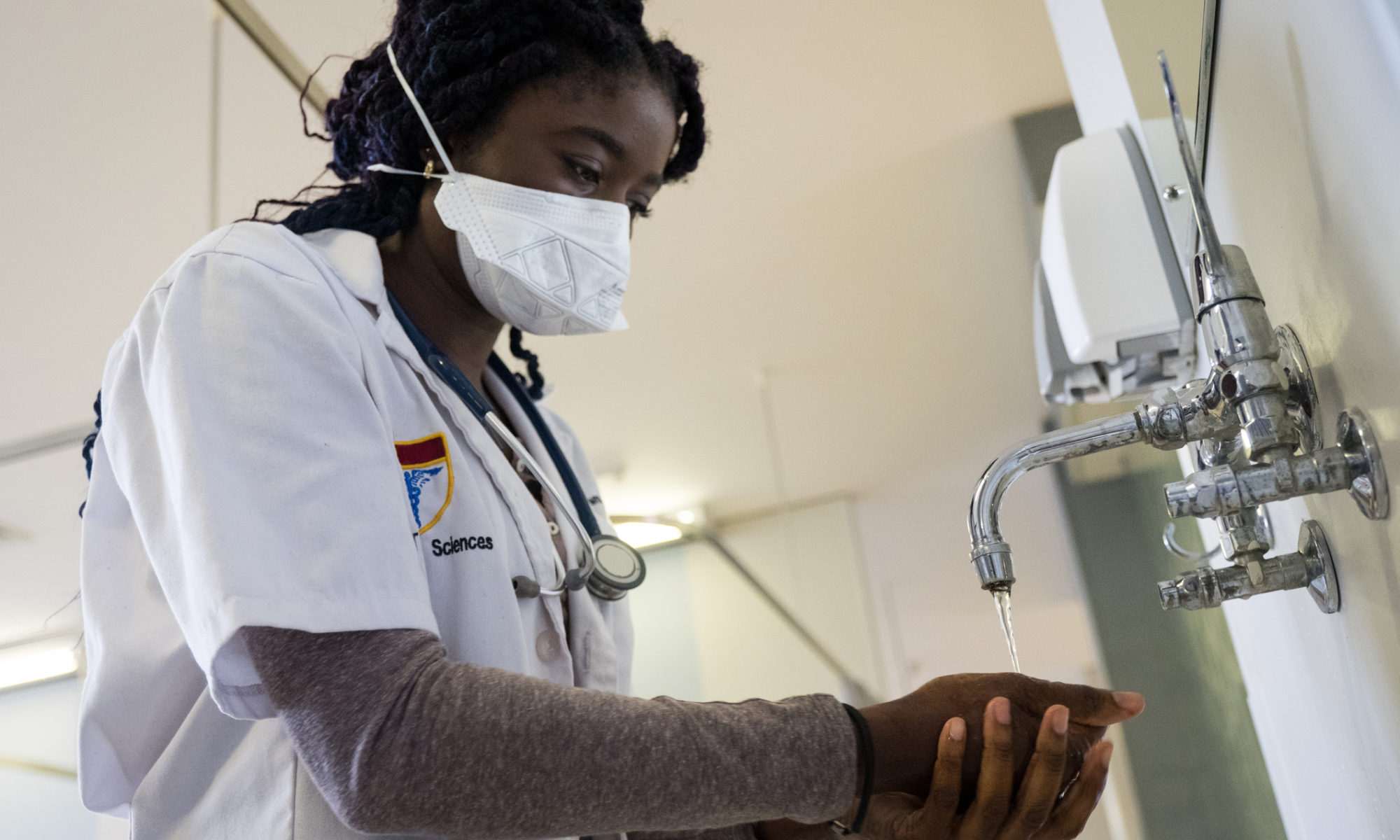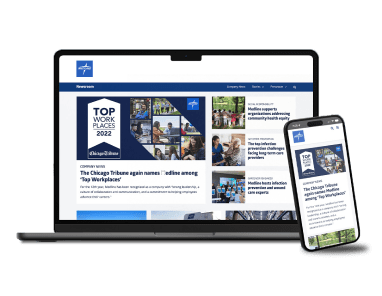Best practices for measuring hand hygiene compliance

How healthcare facilities can measure performance as accurately as possible using direct observation
By Paul Alper | October 15, 2020
While celebrating Global Handwashing Day in the midst of the ongoing COVID-19 pandemic, the importance of hand hygiene can’t be understated. Proper practice of hand hygiene helps to limit the risk of infection, yet not all healthcare workers consistently adhere to standards when and where they should.
To increase compliance across healthcare settings, not just during this crisis but in the long term, we first need an accurate understanding of how well healthcare workers are complying today. While limited in its accuracy1, direct observation is the most widespread method for measuring hand hygiene performance.
To help ensure direct observation programs are effective, we look to the science and established best practices for facilities using these programs. These recommendations are informed by HOW2, a landmark study that quantifies hand hygiene opportunities (HHOs) available in various hospital settings,2 as well as the World Health Organization’s (WHO) 5 Moments for Hand Hygiene.
Best practices for developing a robust direct observation program*
1. Train observers on the WHO’s 5 Moments for Hand Hygiene poster and WHO’s Hand Hygiene Training Films, as well as the slides accompanying the training films. Also have observers practice conducting observations while a lead observer or infection prevention manager gives them feedback.
2. Assess inter-rate reliability (the degree to which observers agree) routinely to ensure consistency of data collection. In its simplest form, observers can conduct direct observations together and compare results. A lead observer could also accompany observers to reinforce consistent results.
3. Conduct direct observations using the WHO’s Data Collection Tool or a modified version, such as one detailed in the HOW2 study. Johns Hopkins Medicine also has created a Hopkins Medicine Monitoring Tool.
If observing manually, remember the following:
- Complete the top part of the header before commencing observation (except end time and duration)
- A session should last no more than 20 minutes.
- Record HHOs in the appropriate column and fill in the square corresponding to the indications for hand hygiene detected.
- Record hand hygiene events or HHEs (or hand hygiene actions) observed or missed for each indication.
- Record glove use only when a hand hygiene event is missed while the healthcare worker is wearing gloves.
- At the end of the session, record end time and duration.
4. Compile data from each observation form onto a master database. To determine the compliance rate for specific periods of time (week, month, quarter, year) aggregate the total number of hand hygiene events for a given period and divide the value by the total number of HHOs within that same period.
5. Create performance graphs and appropriate reports to share within your unit and among your organization’s leadership.
6. Give front-line staff feedback. Front line workers should be provided with performance feedback as immediate as possible after reports have been created.
7. Create action plans for improving performance. Each unit and department should be responsible and accountable for action plans to remove unit- or department-specific barriers and obstacles to proper hand hygiene behavior.
While data from direct observation may be overstated, if collected consistently, it should provide a sound tool for measuring real improvement and the impact of initiatives designed to drive sustainable growth in hand hygiene behavior.
*Note that apps to capture and compile direct observation data for smart phones and tablets are available from your app store or provider. Steps 3, 4 and 5 in the checklist address the manual process, but simply follow app instructions if you are using a device rather than operating manually.
References
1. Srigley JA, Furness CD, Baker GR and Gardam M. (2014). Quantification of the Hawthorne Effect in Hand Hygiene Compliance Monitoring Using an Electronic Monitoring System: A Retrospective Cohort Study. BMJ Qual Saf. 23, 974–80.
2. Steed C, Kelly JW, Blackhurst D, Boeker S, Diller T, Alper P and Larson E. (2011). Hospital hand hygiene opportunities: Where and when (HOW2)? The HOW2 Benchmark Study. Am J Infect Control. 39(1), 19–26. doi:10.1016/j. ajic.2010.10.007
Subscribe to our Newsroom Newsletter to stay up-to-date on the latest news in hand hygiene.
Paul Alper
Vice President of Patient Safety Innovation
Paul Alper, BA, led the launch of PURELL®, invented the first electronic hand hygiene monitoring system proven to reduce infections while improving behavior and eliminating costs and is now the VP Patient Safety Innovation for the ReadyCare Division of Medline Industries, Inc.

